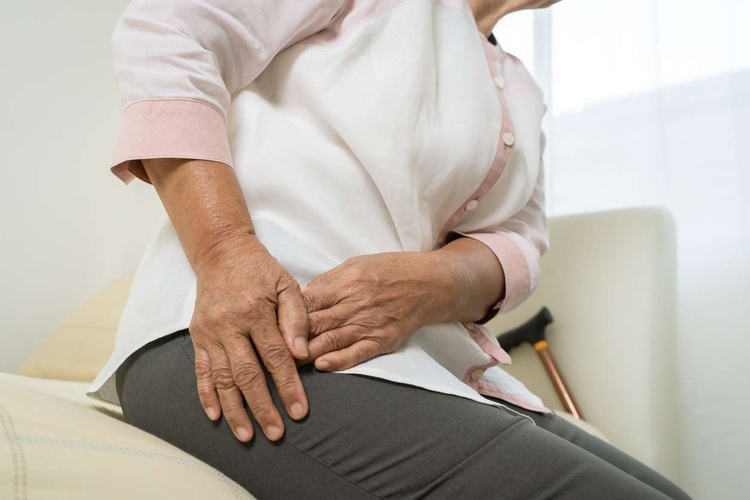Understanding the Common Signs of Low Estrogen Levels
Estrogen plays a vital role in maintaining various bodily functions, particularly in women's reproductive health, bone density, and emotional well-being. When estrogen levels drop below normal ranges, it can lead to numerous symptoms and health concerns. Understanding these signs is crucial for early detection and proper medical intervention.

What Is Estrogen and Why Is It Important?
Estrogen is a primary female sex hormone that regulates numerous bodily functions. It’s responsible for developing and maintaining female reproductive organs, supporting bone health, controlling cholesterol levels, and influencing mood regulation. While naturally present in both men and women, it’s particularly crucial for women’s health throughout their lives.
What Causes Low Estrogen Levels?
Several factors can contribute to low estrogen levels, including:
-
Natural aging and menopause
-
Premature ovarian failure
-
Eating disorders or extreme dieting
-
Excessive exercise
-
Certain medications
-
Genetic conditions
-
Pituitary gland dysfunction
-
Chemotherapy or radiation therapy
What Are the Physical Signs of Low Estrogen?
Common physical symptoms of low estrogen include:
-
Hot flashes and night sweats
-
Irregular or missed periods
-
Vaginal dryness and discomfort
-
Breast tenderness
-
Headaches
-
Dry skin and thinning hair
-
Weight gain, particularly around the midsection
-
Urinary tract infections
-
Joint pain and muscle weakness
How Does Low Estrogen Affect Mental Health?
The impact of low estrogen on mental health can be significant:
-
Mood swings and irritability
-
Depression and anxiety
-
Memory problems
-
Difficulty concentrating
-
Sleep disturbances
-
Reduced mental clarity
-
Changes in emotional well-being
What Long-term Health Risks Are Associated with Low Estrogen?
Prolonged estrogen deficiency can lead to several health complications:
-
Osteoporosis and increased fracture risk
-
Cardiovascular disease
-
Cognitive decline
-
Increased risk of obesity
-
Sexual dysfunction
-
Fertility problems
-
Higher risk of certain cancers
-
Metabolic changes
What Treatment Options Are Available?
Treatment approaches for low estrogen levels typically include:
| Treatment Type | Description | Typical Duration |
|---|---|---|
| Hormone Replacement Therapy | Prescribed estrogen supplements | Long-term |
| Natural Supplements | Phytoestrogen-rich options | Ongoing |
| Lifestyle Changes | Diet and exercise modifications | Permanent |
| Topical Treatments | Creams and gels for local symptoms | As needed |
Prices, rates, or cost estimates mentioned in this article are based on the latest available information but may change over time. Independent research is advised before making financial decisions.
This article is for informational purposes only and should not be considered medical advice. Please consult a qualified healthcare professional for personalized guidance and treatment.
Early recognition of low estrogen symptoms and proper medical intervention can significantly improve quality of life and prevent long-term health complications. Regular check-ups and open communication with healthcare providers are essential for maintaining optimal hormone levels and overall well-being.




